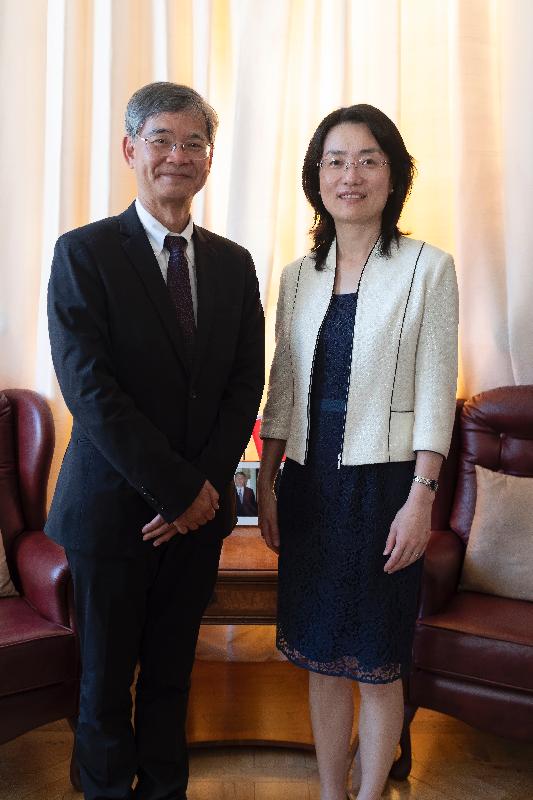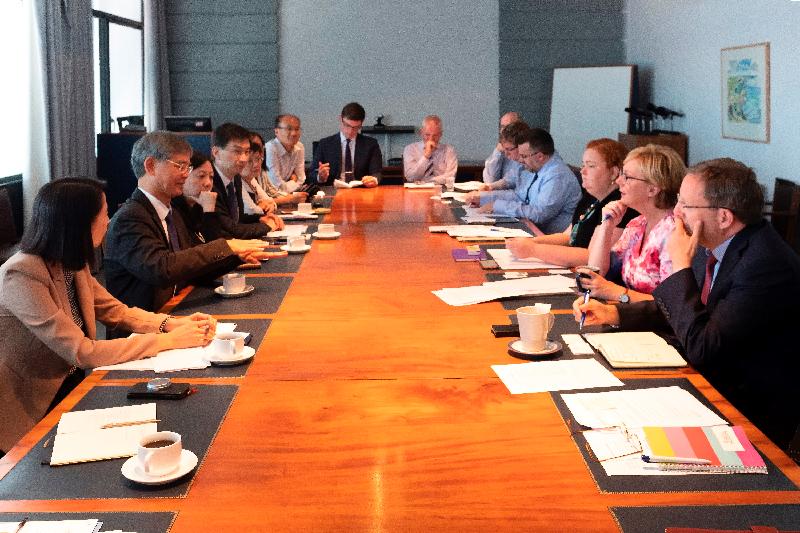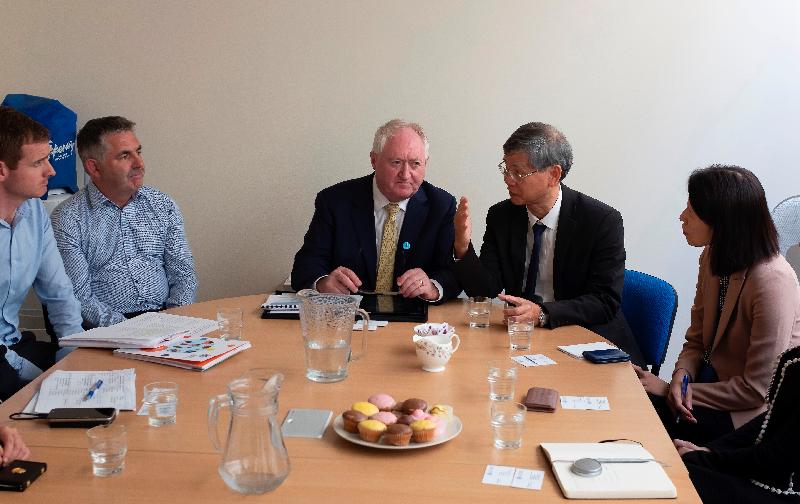LCQ 9: Change of use of non-domestic units in housing estates under subsidised sales schemes
Following is a question by Hon Lau Kwok-fan and a written reply by the Secretary for Transport and Housing, Mr Frank Chan Fan, in the Legislative Council today (July 4):
Question:
It has been reported that nine units in Yung Shing Court (YSC) in Fanling, a Buy-or-Rent Option (BRO) estate, originally used as a children hostel, have been left vacant since the social welfare organisation (SWO) concerned moved out in 2006. The Housing Department (HD) intends to change the use of those units as rental housing units. However, the Lands Department has indicated that the owners’ corporation of YSC must obtain the consent of all owners before the use of such units may be changed. As it is difficult to get in touch with some of the owners, the matter has been caught in a gridlock, resulting in a waste of housing resources. In this connection, will the Government inform this Council:
(1) of the current total number of subsidised housing units which have been left vacant for more than one year and the average duration for which they have been left vacant, with a breakdown of such units by the vacant period (i.e. more than one year to three years, more than three years to five years, and more than five years); among such units, the number of those which have been left vacant since the moving out of SWOs;
(2) of the required procedure for changing the use of the aforesaid units;
(3) whether the Government has specific solutions to the problem that some units in YSC and other housing estates (if any) have been left vacant for prolonged periods of time; if so, of the details; if not, the reasons for that and whether it will devise such solutions expeditiously; and
(4) whether HD had, before deciding to put a particular public rental housing estate into a subsidised home ownership scheme (e.g. BRO), taken into account the possibility that there might be a need in future to change the uses of certain units in that estate; if so, of the reasons for the occurrence of the situation that some units have been left vacant for prolonged periods of time; if not, whether it will conduct a review and streamline the arrangements for effecting a change in the uses of units, in order to avoid the occurrence of similar situations?
Reply
President,
My consolidated reply to various parts of the question raised by the Hon Lau Kwok-fan is as follows:
In planning for new public housing projects, the Hong Kong Housing Authority (HA) will take into account the relevant Government policies and planning requirements in deciding the provision of various facilities including social welfare premises. During this process, HA will also consider the scales of the projects under planning, the vicinity environment as well as the views of the relevant departments and organisations. Under the prevailing practice, HA will lease social welfare premises to eligible non-government organisations (NGO)s (footnote 1) providing direct services to estate residents at concessionary rent on the recommendation of the Social Welfare Department (SWD).
HA also reviews the usage of non-domestic properties in public housing developments from time to time. Depending on the actual circumstances of individual cases, such as changes in residents’ needs, community development, etc., the usage of these facilities may vary. Some organisations may move out due to various reasons. HA will consult SWD as to whether they will reserve the units concerned and nominate NGOs to provide other suitable welfare services. If SWD considers it not necessary to reserve the units for other welfare services, HA will upload information about such units onto HA’s website to invite applications from other interested NGOs to provide services. HA will also share the list with SWD on a regular basis. As mentioned above, HA will, upon the recommendation of the relevant Government departments, lease the social welfare premises to approved NGOs at concessionary rent.
Some of the above-mentioned leasing applications may involve changes of the use of the premises. The required procedures vary for individual cases and depend on the circumstances of the premises concerned. If the premises concerned are held under Government leases, modification of the development conditions in the leases may be required. HA will conduct feasibility studies according to needs of leasing applications.
Regarding the situation in Yung Shing Court, under the relevant conditions in the Government lease, HA is required to provide designated social welfare/educational facilities (including small group home) in the Court. Due to constraints of the actual circumstances, e.g. no separate entrance leading to the external area of the building, the premises being scattered on different floors, headroom of the units not fulfilling the prevailing requirements for small group home and the need for sharing lifts and lobby with the domestic portion, other community and social welfare organisations may have certain concerns when applying to lease this premises. HA has previously considered changing the uses of these units, including public rental housing units, and will continue to review all possible options with relevant departments, such as the Lands Department, SWD, etc., in a proactive manner in order to identify other suitable uses for the relevant units with a view to optimising the use of resources.
As at the end of May 2018, there are six social welfare premises under HA with vacant units. Units in one of these premises has been vacant for less than three years and the signing of tenancy agreement with the relevant organisation is being prepared. Other premises, including the welfare services units in Yung Shing Court, have been vacant for more than five years. HA is either preparing to sign tenancy agreements with the relevant organisations or conducting feasibility studies and consultations with residents for these units.
Footnote 1: Including charitable or non-profit making organisations exempted from tax under section 88 of the Inland Revenue Ordinance. read more




